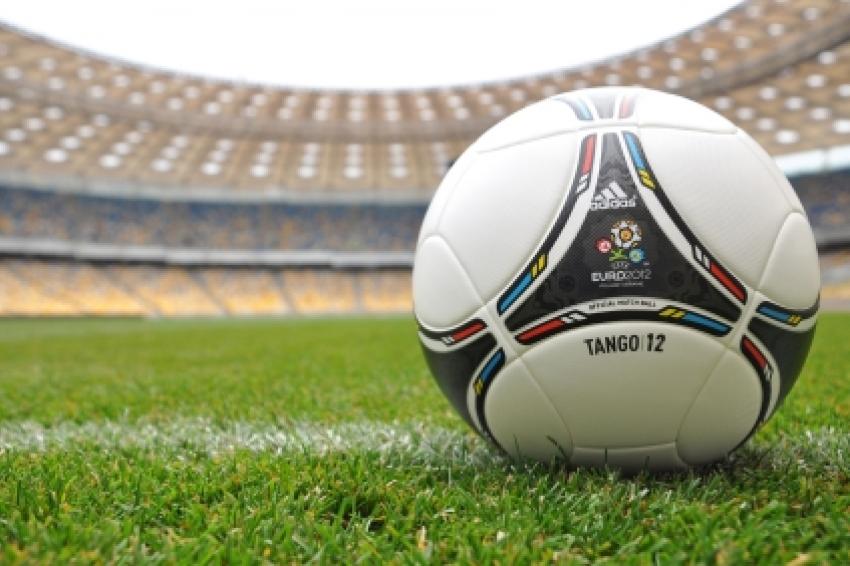Doing the Tango at the Stadium
Polyurethanes improve flight properties of the European championship "Tango 12" soccer ball
What do the tango, which originates in Latin America, and the official soccer ball of the same name for this year's European Soccer Championship have in common? A variety of steps, sometimes fast, sometimes slow, an armory of twists and turns and endless vitality. Soccer fans are looking forward once again to watching exciting games in stadiums, beer gardens and their living rooms during UEFA EURO 2012 in June. One winner is already assured - the ball with the evocative name "Tango 12" (Watch Patrick Thomas the CEO of Bayer MaterialScience as he is introducing adidas' new soccer ball).
This high-tech ball is the result of long-standing, proven collaboration between adidas and Bayer MaterialScience dating back to the 1986 Soccer World Cup in Mexico. A special feature of the Tango 12 is the texture of the surface, which is reminiscent of the structure of denim. Besides some interesting optical and haptical effects, it is also responsible for the particularly good flight properties of the ball.
adidas also aimed to make the ball even rounder and ensure it retained its appearance. Fewer cut edges and greater curvature also mean fewer seams and edges in the outer shell. Soccer players are more likely to strike smooth surfaces and can therefore control the ball with greater precision. Measurements of the diameter at sixteen different points for each ball show that the deviation between the largest and smallest diameters is no more than one percent.
New design, proven technology
The properties of soccer balls have improved continuously since synthetic materials were first used in ball technology. "The outer shell of the Tango 12 consists of a total of five polyurethane layers based on raw materials from our Impranil product line," explains Thomas Michaelis, project manager for ball development at Bayer MaterialScience. "These layers provide for optimal contact with the player's foot and for very good control in all weather conditions." The innermost layer is an adhesion coating that connects the textile substrate to the layers above.
On top of this is a syntactic foam layer, roughly one millimeter thick, made up of millions of gas-filled cells. The ball therefore quickly regains its spherical shape after being kicked, ensuring optimal flight. The ball is finished off with three compact polyurethane layers of various thicknesses. They make the surface highly resistant to external factors and abrasion, but also highly elastic, ensuring the ball retains its unique appearance over the long term.
The individual panels of the ball shell are bonded together using patented Thermal Bonding Technology and thus absorb essentially no moisture. As a result, the ball is no more than 0.1 percent heavier even in heavy rain and is almost completely waterproof. A raw material development from Bayer MaterialScience is used here, too - the thermoactivated adhesive is based on a waterborne polyurethane dispersion from the Dispercoll U product line.
Longest test phase in development history
"No adidas ball had ever undergone such an intensive test phase as the Tango 12," says Harald Körger, responsible for ball testing at adidas. The adidas Tango 12 underwent strict testing during its two-year development phase. Professional and amateur players from various clubs and associations from eight countries tested the ball's quality in practical use and it was also subjected to comprehensive lab trials. The Tango 12 is therefore well rounded in the truest sense of the word. Here's to the team that can get the best results from this high-tech ball!
Related articles:
ChemistryViews: The Science of Football





